Did you just drive by a passel…a group…a waddle…a gobble…a flock…of turkeys? Wait…what? What IS a group of turkeys called? Let’s find out!
What is a Group of Turkeys Called?
Interestingly enough, a group of turkeys is called a rafter. A rafter? Yup! That’s it!
How Many Turkeys are in a Rafter?
But what does it take to make a real bonafide rafter? How many turkeys do you have to count to shout out, “Hey guys! it’s a rafter of turkeys!” When you see a group or rafter of turkeys, there will be two or more found together. And yes, by all means, shout it out!
Read more here: #1 Comprehensive Guide to Turkeys
Why Is a Group of Turkeys Called a Rafter?
But why, oh why, are they called rafters? What’s the history behind the name?
When I first learned that a group of turkeys is called rafters, my first thought was dinosaurs. Was it because they looked like a raptor? It didn’t quite make sense. But then it did make sense when I thought about it in terms of this explanation:
When buildings were being constructed, people would find turkeys in the rafters of their barns and structures. It really is a great place to roost: it’s out of the weather, it’s high up and out of the sight and reach of predators. What better place to sleep at night, than in the rafters?
So, because of this, a group of turkeys is known as rafters.
Where do Turkeys Sleep?
Turkeys can be found in the rafters if they are available. But wild turkeys will most likely be found roosting in the trees at night. As the sun sets, they will fly up into the trees for protection and then fly down as the sun comes up. During the daytime, they can be found on the ground, scratching and foraging for food.
Top 5 Fun Facts About Turkeys
- Turkeys see in color and have very good daytime vision.
- A turkey’s gobble can be heard a mile away! This is how the Tom, or male turkey, communicates with the rafter.
- A turkey doesn’t have feathers on its head but the Tom does have fleshy wattles covering its face. In excitement, their entire head, wattles, and snood can turn several different colors based on their mood. It can turn blue, white, pink, and very red!
- Within 24 hours of hatching, baby turkeys, or poults, are on the go with the hen. They dry off, fluff up and leave the nest, and are out foraging very quickly.
- June is National Turkey Lover’s Month, on average people eat 18 pounds of turkey a year and more turkeys are consumed on Thanksgiving than with both Christmas and Easter combined.
So, get ready! Look out your car window and get ready to shout, “Rafter! It’s a rafter!” And as people stop talking because of your loud outburst and give you a weird look, you can explain why a group of turkeys is called a rafter.
Find out what turkeys eat here.
If you are interested in turkeys, then this is where you need to start. These articles will give you all the details you need to know about them from the egg on! Have you ever wondered if these big birds can fly? Find out here... Find out the turkey breeds that you could bring home to be apart of your flock! This binder bundle will keep your poultry records organized and up to date with all the pertinant information that is so important! If you'd like to know...how do turkeys procreate? The answer to your questions about baby turkeys! Do you plan to raise baby turkeys? This is what you need to know to do it successfully! What about those turkey eggs? What do you need to know about them! This will be your comprehensive guide! Turkey feathers are so pretty. This is what you can do with them!Top Turkey Information
Can Turkeys Fly?
11 Turkey Breeds You NEED to Know About if You Plan to Raise Turkeys
Poultry Binder Bundle
Do Turkeys Lay Eggs? Your Questions Answered!
What is a Baby Turkey Called?
Baby Turkey: The Valuable How-To Information You Need to Raise Poults
Turkey Eggs Facts: (Size, Nutrition, & Taste??), +How to Hatch Them
Turkey Feathers: More Facts, Awesome Ideas, and Buying Guide
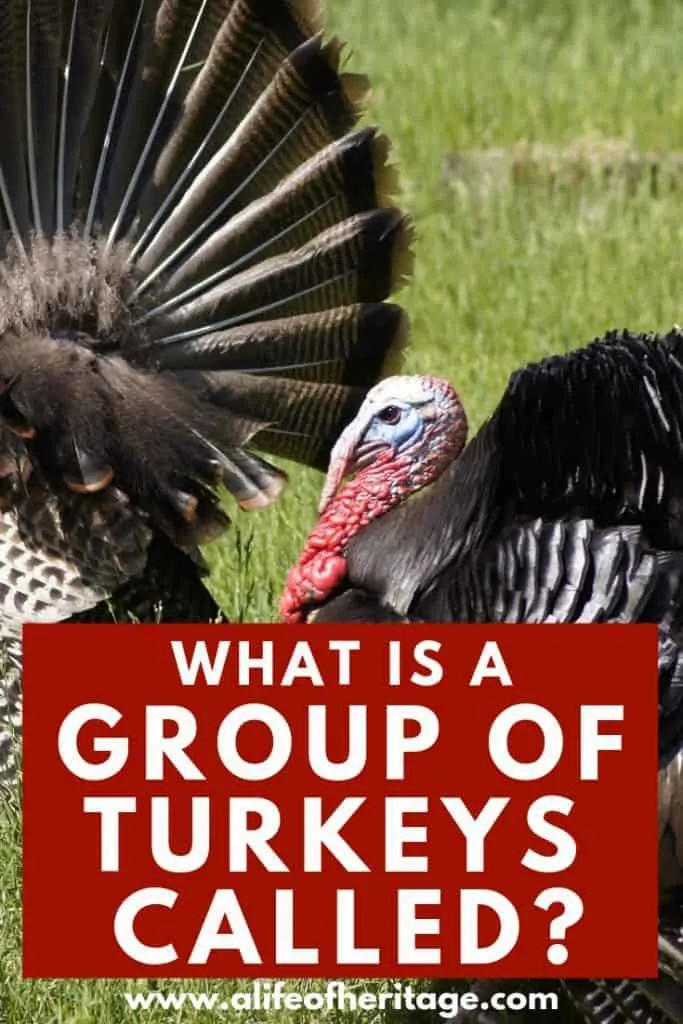
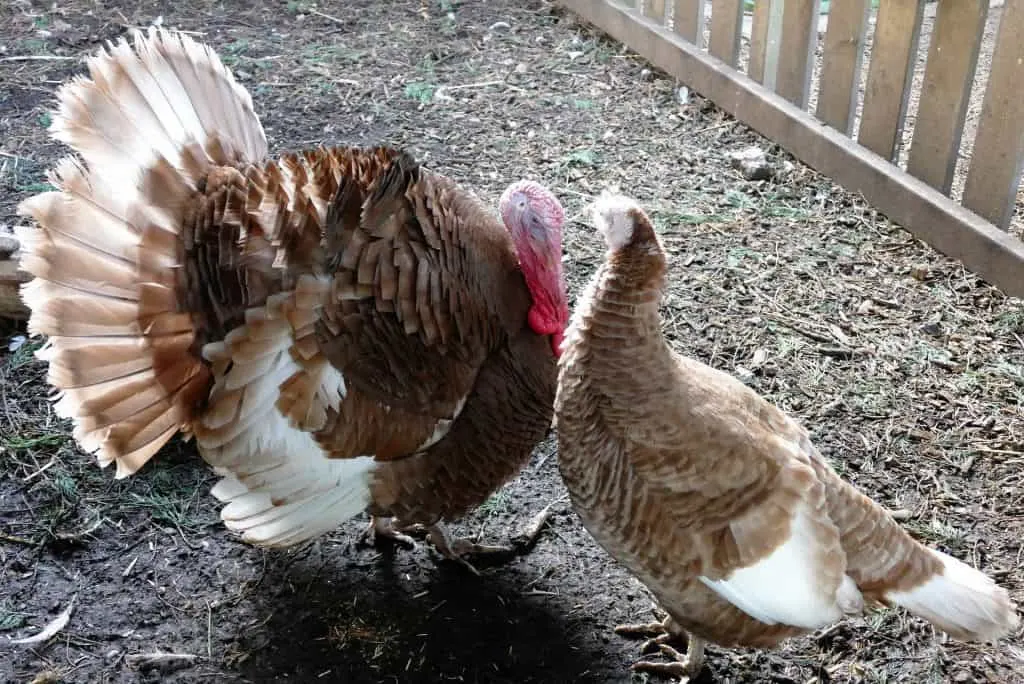
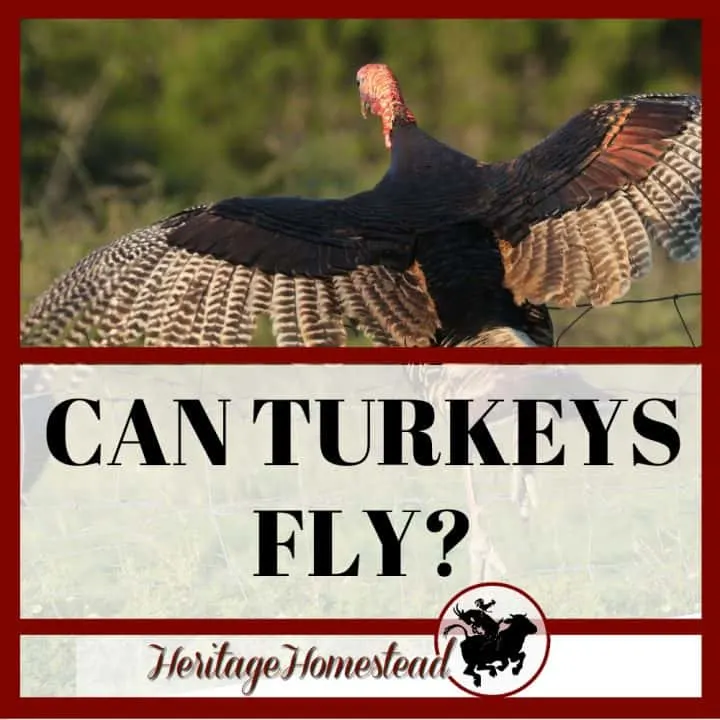
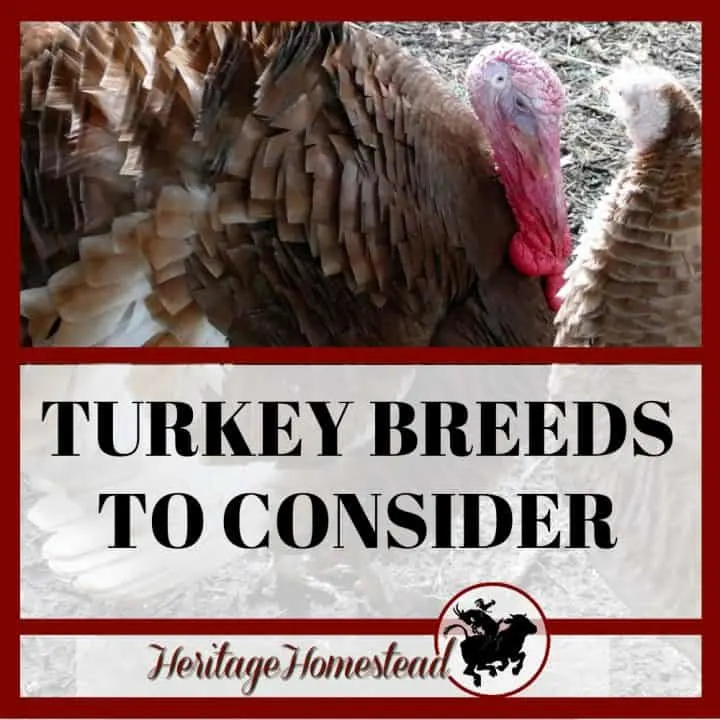


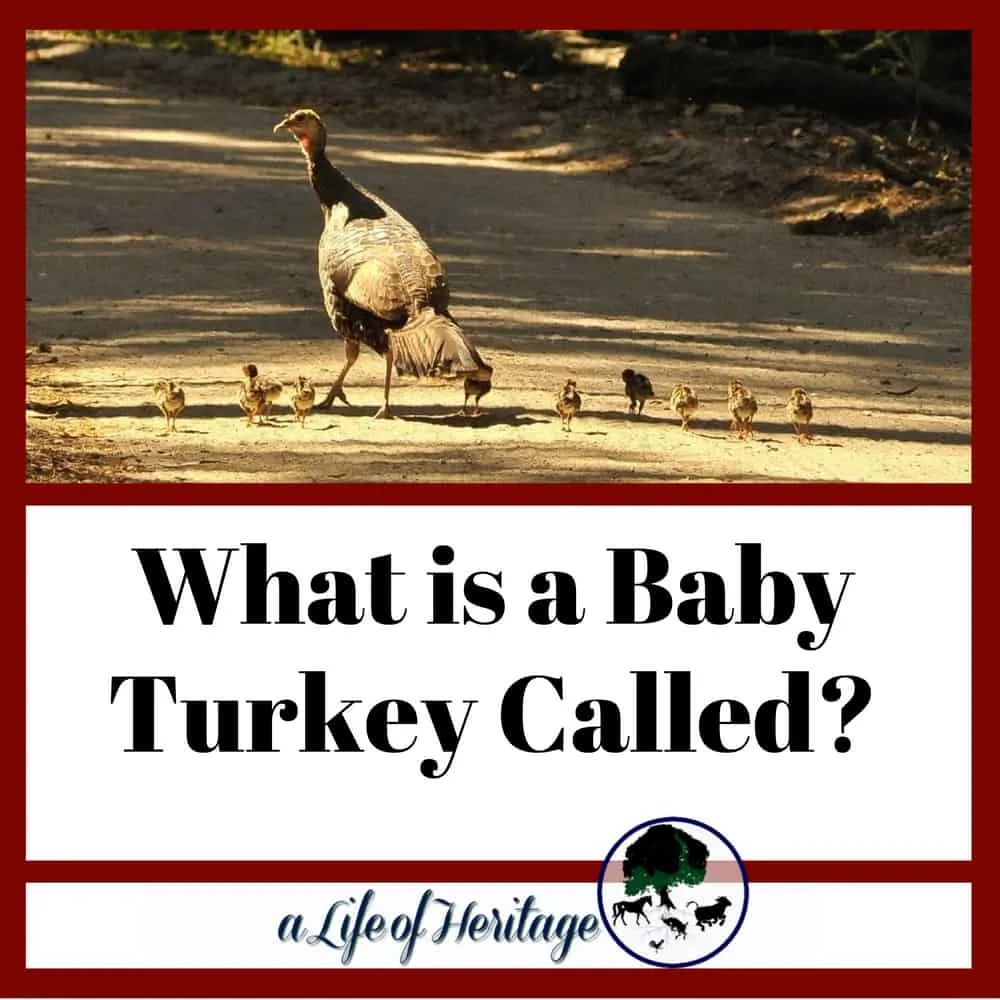

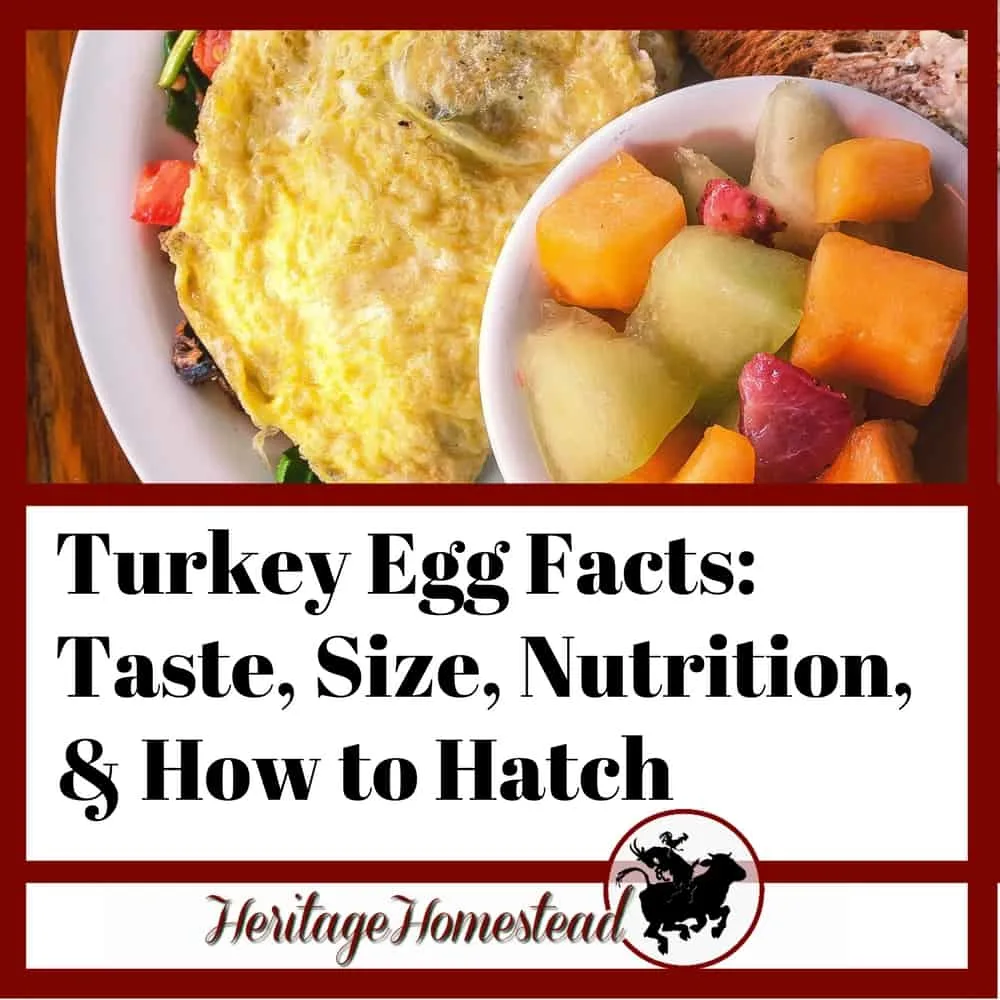
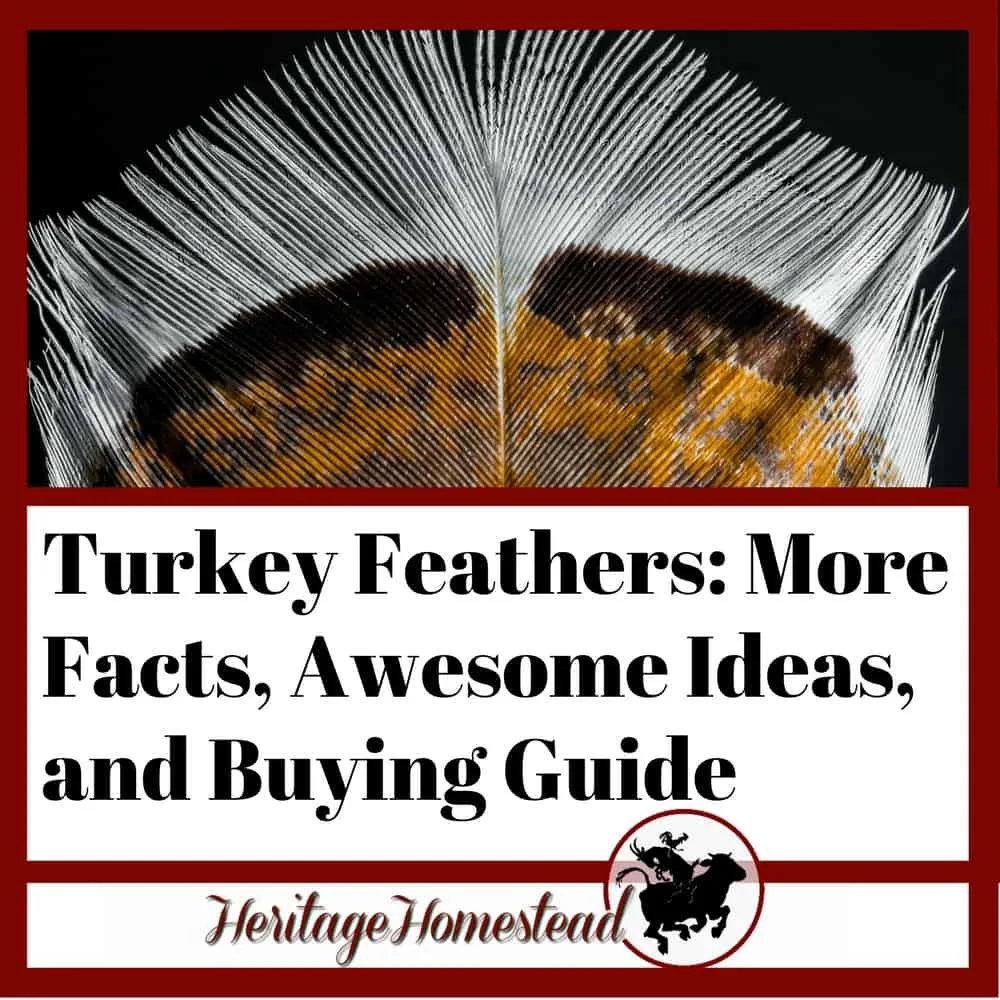
Maryjo Gray
Thursday 27th of April 2023
I g F puns all the information that I needed. I learned a few things too! Thank you .
Scott lowry
Monday 13th of March 2023
I call my family a rafter .
Delci Plouffe
Wednesday 29th of November 2023
lol bunch of turkeys! I bet they really appreciate that!
David Gillespie
Monday 6th of December 2021
Thank you for the info... there are lots of rafters of them now in California. Thanks to the state fish& game intro of them. They have had an effect on Quail, CA state bird, another one that used to hunted for food. Too bad. I take binoculars instead of a gun when venturing into the wild. The other ground nesters plovers, grouse, seem to be losing their habitat to turkey’s.
Delci Plouffe
Friday 18th of March 2022
Oh wow! It's amazing how everything affects everything. One change changes everything, doesn't it?
Cassandra
Tuesday 12th of October 2021
I never knew this! Thank you for your information.
Delci Plouffe
Friday 25th of March 2022
Isn't it interesting? :)
Royvia
Friday 13th of September 2019
Great post.
Delci Plouffe
Friday 20th of September 2019
Great! Thanks for reading!